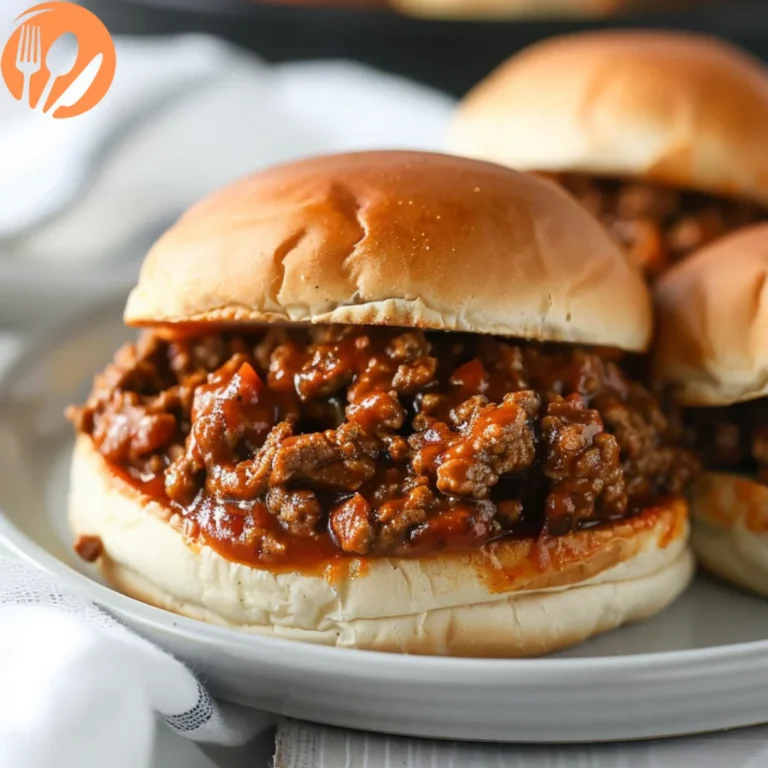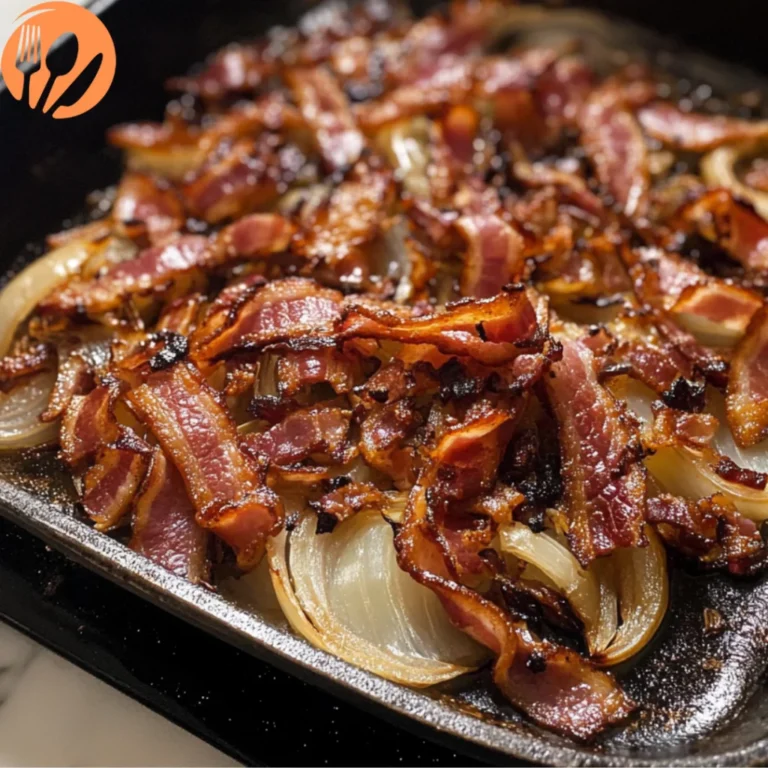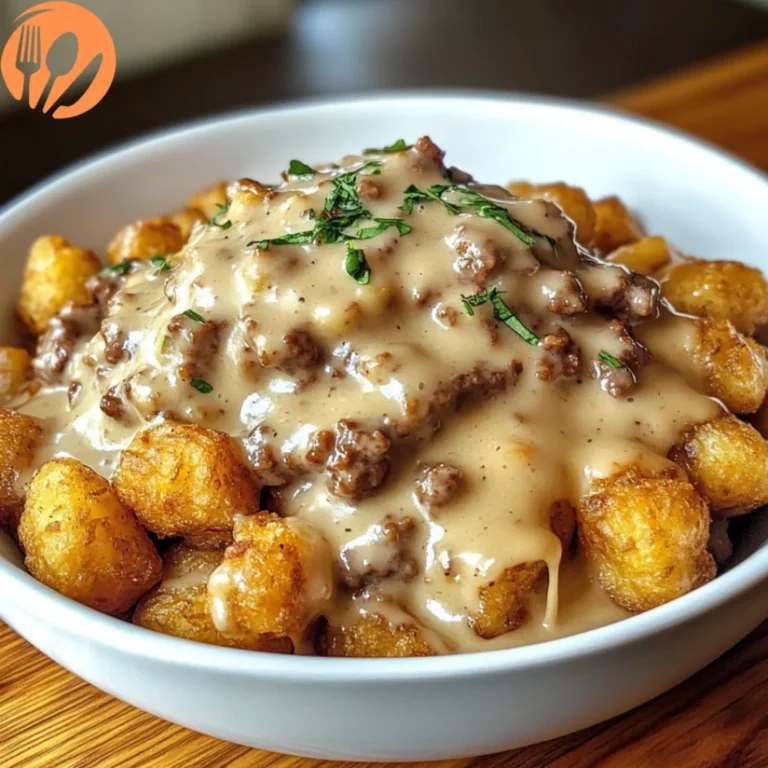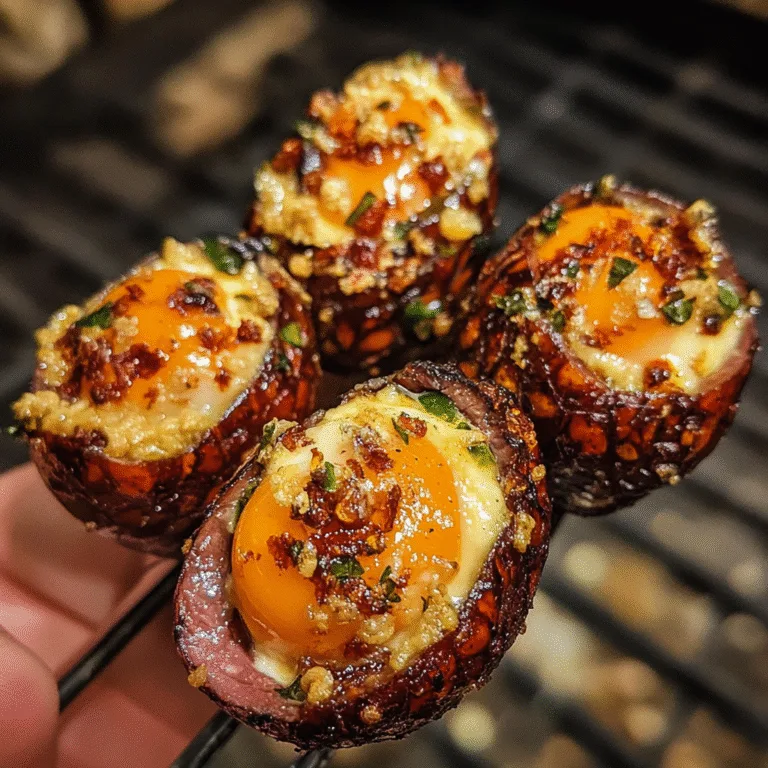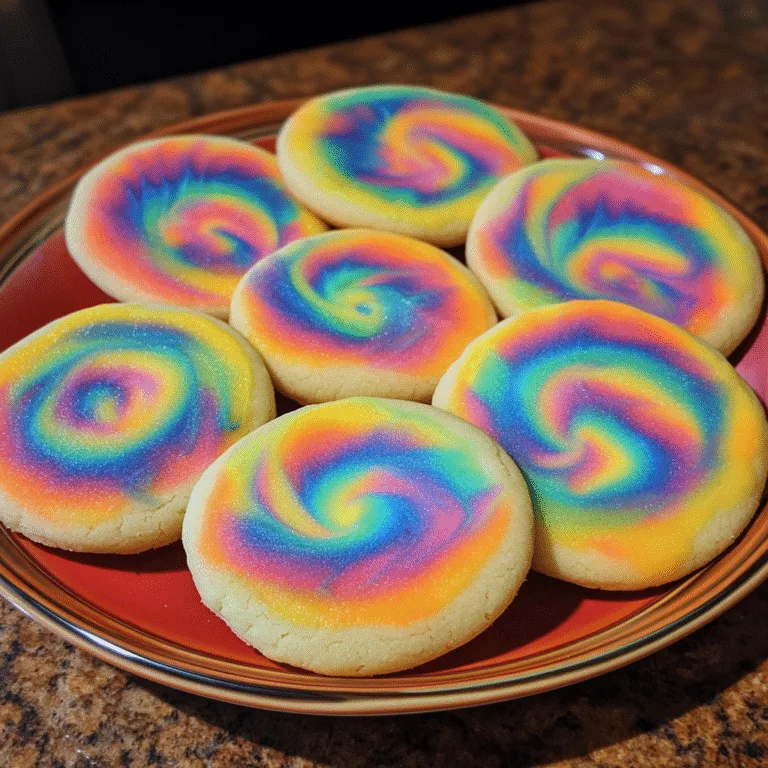Follow Me On Social Media!
Mango Sago Dessert
Introduction
Did you know that over 70% of dessert enthusiasts believe that creating restaurant-quality Asian desserts at home is too complicated? This couldn't be further from the truth, especially when it comes to the delightfully refreshing Mango Sago Dessert. This beloved Southeast Asian treat combines the tropical sweetness of ripe mangoes with the unique texture of sago pearls, creating a dessert that's both Instagram-worthy and surprisingly simple to make.
Mango Sago Dessert has become a global phenomenon, with food bloggers and home cooks alike falling in love with its creamy coconut base, bouncy tapioca pearls, and vibrant mango chunks. Whether you've enjoyed this dessert at your favorite dim sum restaurant or discovered it through social media, you'll be amazed at how easy it is to recreate this tropical paradise in your own kitchen.
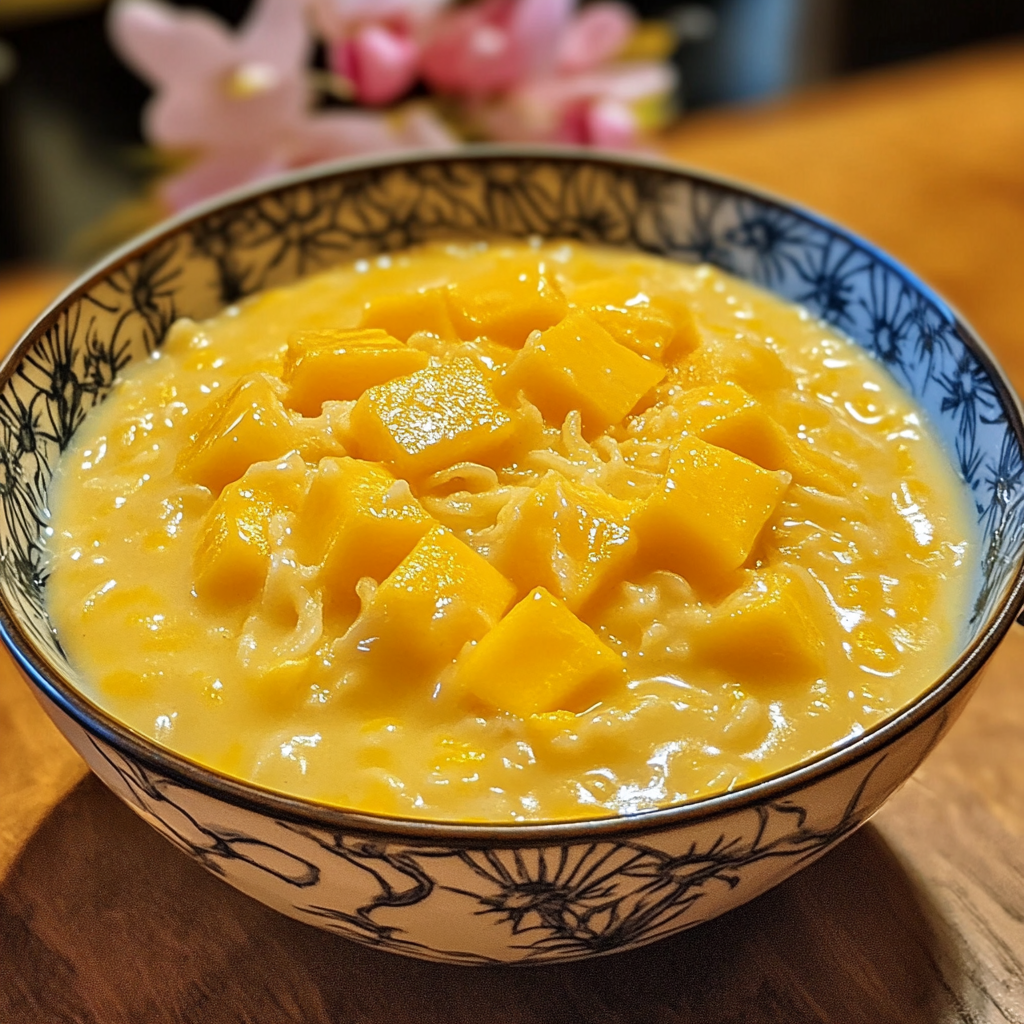
Ingredients List
Creating the perfect Mango Sago Dessert requires just a handful of quality ingredients that work together to create layers of tropical flavor and contrasting textures:
For the Sago Pearls:
- 1/2 cup small sago pearls (or substitute with small tapioca pearls)
- 4 cups water for boiling
For the Coconut Base:
- 1 can (400ml) coconut milk (full-fat for richness, or light coconut milk for a lighter version)
- 1/2 cup whole milk (substitute with almond milk or oat milk for dairy-free)
- 1/3 cup granulated sugar (or coconut sugar for a more complex flavor)
- 1/4 teaspoon vanilla extract (optional but recommended)
For the Mango Components:
- 2 large ripe mangoes (about 2 pounds) – Ataulfo or Tommy Atkins varieties work beautifully
- 2 tablespoons fresh lime juice (to prevent browning and add brightness)
- 2 tablespoons honey or maple syrup (adjust based on mango sweetness)
For Garnish:
- Fresh mint leaves
- Toasted coconut flakes
- Extra diced mango for topping
The beauty of this dessert lies in its adaptability – you can easily substitute ingredients based on dietary preferences or availability while maintaining that authentic tropical taste.
Timing
Preparation Time: 20 minutes
Cooking Time: 15 minutes
Chilling Time: 2-4 hours
Total Time: 2 hours 35 minutes to 4 hours 35 minutes
This timing makes Mango Sago Dessert perfect for entertaining, as most of the work can be done hours ahead. The extended chilling time allows all flavors to meld beautifully, creating a more cohesive and refreshing dessert experience.
Step-by-Step Instructions
Step 1: Prepare the Sago Pearls
Bring 4 cups of water to a rolling boil in a medium saucepan. Gradually add the sago pearls while stirring to prevent clumping. Reduce heat to medium and cook for 10-12 minutes, stirring occasionally, until the pearls become translucent with just a tiny white dot in the center. The pearls should have a delightfully chewy texture, similar to boba pearls.
Pro Tip: Don't overcook the sago pearls, as they'll continue cooking slightly from residual heat and become mushy.
Step 2: Rinse and Cool the Sago
Drain the cooked sago pearls through a fine-mesh strainer and immediately rinse under cold running water. This stops the cooking process and removes excess starch that could make your dessert gummy. Set aside to cool completely.
Step 3: Create the Coconut Milk Base
In a large mixing bowl, whisk together the coconut milk, whole milk, sugar, and vanilla extract until the sugar completely dissolves. Taste and adjust sweetness as needed – remember that the mangoes will add natural sweetness to the final dessert.
Step 4: Prepare the Mangoes
Peel and dice one and a half mangoes into small, bite-sized cubes. Reserve the remaining half mango for the puree. Toss the diced mango with lime juice to maintain vibrant color and add a subtle tang that balances the sweetness.
Step 5: Make Mango Puree
Blend the remaining half mango with honey until smooth and creamy. This puree will create beautiful swirls in your dessert and intensify the mango flavor throughout.
Step 6: Assemble Your Mango Sago Dessert
Gently fold the cooled sago pearls and diced mango into the coconut milk mixture. Swirl in the mango puree, leaving some visible streaks for visual appeal. The contrast between the creamy base and vibrant mango creates an irresistible presentation.
Step 7: Chill and Serve
Cover and refrigerate for at least 2 hours, though 4 hours is optimal for the best flavor development. Serve in individual bowls or glasses, garnished with fresh mint, toasted coconut, and additional mango cubes.
Nutritional Information
Per serving (serves 6):
- Calories: 245
- Protein: 3.2g
- Carbohydrates: 42g
- Fat: 8.5g
- Fiber: 2.8g
- Sugar: 38g
- Vitamin C: 67mg (111% DV)
- Vitamin A: 1,262 IU
Mango Sago Dessert provides an excellent source of Vitamin C, supporting immune function and collagen production. The mangoes also contribute beta-carotene, which promotes eye health and skin vitality. While this dessert is naturally higher in natural sugars, it offers more nutritional value than many processed desserts.
Healthier Alternatives for the Recipe
Transform your Mango Sago Dessert to meet various dietary needs without sacrificing flavor:
Lower Calorie Version: Replace full-fat coconut milk with light coconut milk and reduce sugar by half, compensating with stevia or monk fruit sweetener.
Vegan Mango Sago: Simply substitute the whole milk with cashew milk or coconut cream for an entirely plant-based dessert.
Lower Carb Option: Replace sago pearls with chia seeds soaked in coconut milk for 20 minutes, creating a pudding-like texture with added omega-3 fatty acids.
Protein-Boosted Version: Add 2 tablespoons of vanilla protein powder to the coconut milk base, perfect for post-workout treats.
Sugar-Free Alternative: Use fresh, very ripe mangoes and sweeten only with dates or pure maple syrup for natural sweetness.
Serving Suggestions
Elevate your Mango Sago Dessert presentation and flavor with these complementary additions:
Tropical Fruit Medley: Add diced pineapple, kiwi, or passion fruit pulp for extra tropical complexity.
Textural Elements: Top with crushed toasted macadamia nuts, coconut chips, or a sprinkle of black sesame seeds for visual contrast.
Beverage Pairings: Serve alongside jasmine tea, Thai iced tea, or a light coconut water cocktail.
Elegant Presentation: Layer the dessert in clear glasses with alternating mango puree and coconut mixture for a restaurant-style presentation.
Temperature Contrast: Serve with a small portion of warm coconut sticky rice for an interesting temperature and texture combination.
Common Mistakes to Avoid
Avoid these pitfalls to ensure your Mango Sago Dessert turns out perfectly every time:
Overcooking Sago Pearls: This results in mushy, unappetizing pearls. Cook just until translucent with a slight bite remaining.
Using Unripe Mangoes: Underripe mangoes lack sweetness and have an unpleasant texture. Choose mangoes that yield slightly to pressure and smell fragrant at the stem end.
Skipping the Rinse Step: Failing to rinse cooked sago creates a gluey, unpalatable texture in the final dessert.
Not Chilling Long Enough: Serving immediately prevents flavors from melding and results in a less cohesive dessert experience.
Over-mixing: Aggressive stirring can break down the mango pieces and create an unappetizing muddy appearance.
Storing Tips
Proper storage ensures your Mango Sago Dessert maintains its delightful texture and fresh flavor:
Refrigeration: Store covered in the refrigerator for up to 3 days. The sago pearls may absorb some liquid over time, which is normal.
Freezing: While not ideal due to texture changes, you can freeze portions for up to 1 month. Thaw in the refrigerator and stir gently before serving.
Texture Maintenance: If the dessert thickens too much during storage, thin with a small amount of coconut milk or regular milk.
Individual Portions: Prepare in single-serving containers for easy grab-and-go treats that maintain freshness longer.
Fresh Garnish: Add fresh fruit garnishes just before serving to maintain optimal appearance and texture.
Conclusion
This Mango Sago Dessert recipe proves that creating extraordinary desserts doesn't require extraordinary effort. With its perfect balance of creamy coconut, sweet mango, and delightfully chewy sago pearls, this dessert transports you to a tropical paradise with every spoonful. The recipe's flexibility allows you to customize it for various dietary preferences while maintaining that authentic Southeast Asian flavor profile.
Whether you're planning a dinner party, craving a refreshing summer treat, or simply want to explore new dessert horizons, this recipe delivers consistently impressive results. The make-ahead nature makes it perfect for entertaining, while the stunning presentation ensures it's always a crowd-pleaser.
Ready to create your own tropical dessert masterpiece? Gather your ingredients and start cooking! Don't forget to share your beautiful creations on social media and tag us – we love seeing how you make this recipe your own.
FAQs
Q: Can I make Mango Sago Dessert without sago pearls?
A: Absolutely! Substitute with small tapioca pearls, cooked according to package directions. Alternatively, try chia seeds soaked in coconut milk for 20 minutes, or small boba pearls for a fun twist.
Q: How do I know when mangoes are perfectly ripe for this dessert?
A: Perfect mangoes yield slightly to gentle pressure, smell fragrant at the stem end, and have vibrant color. Avoid mangoes with dark spots or those that feel too soft, as they may be overripe.
Q: Can I prepare this dessert completely in advance?
A: Yes! Mango Sago Dessert actually improves after chilling for several hours. Prepare up to 2 days ahead, but add fresh garnishes just before serving for the best presentation.
Q: What's the difference between sago and tapioca pearls?
A: Sago comes from the sago palm, while tapioca comes from cassava root. Both work beautifully in this recipe, with sago being slightly smaller and more traditional in Southeast Asian desserts. The cooking method and final texture are nearly identical.

